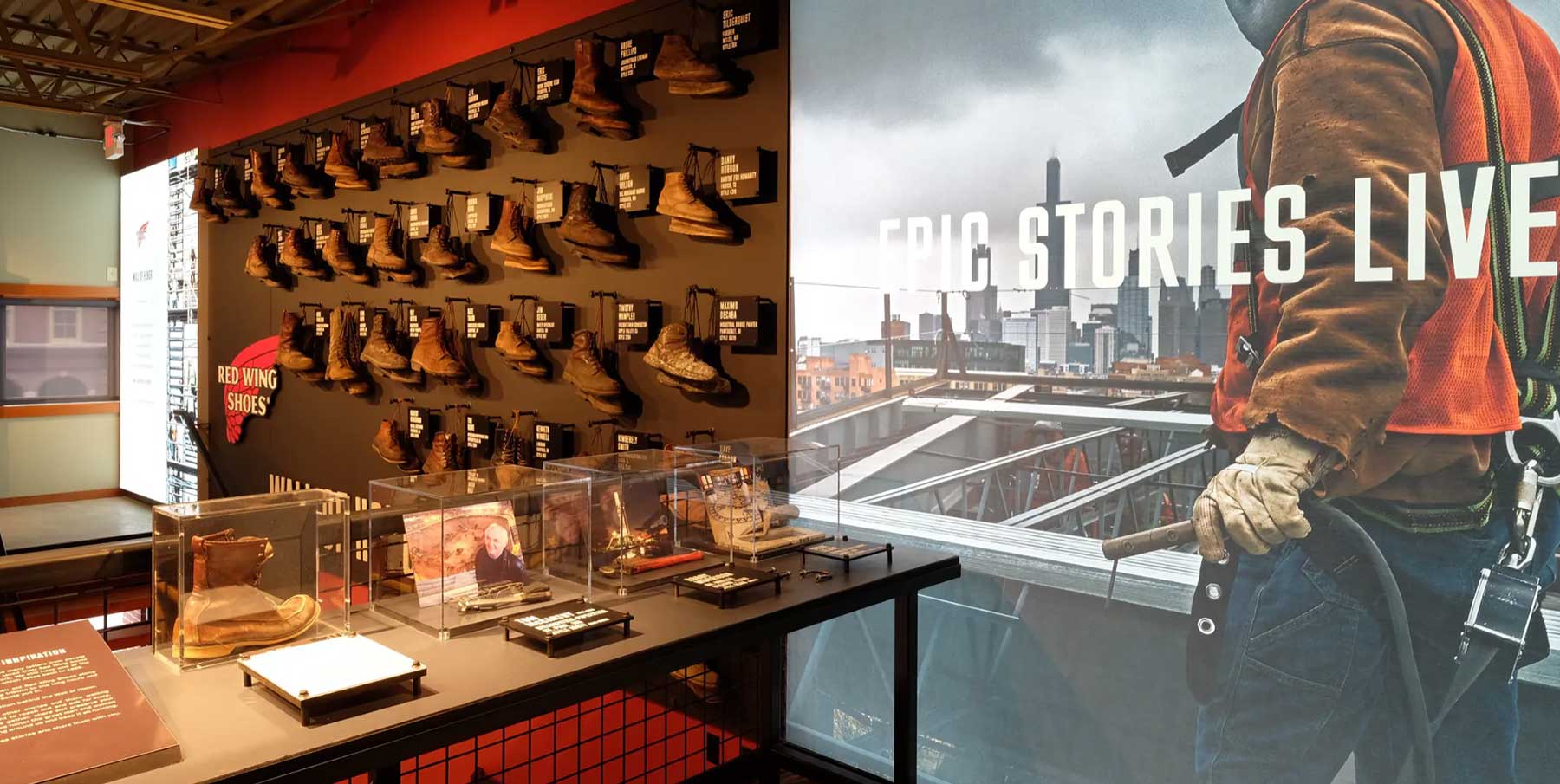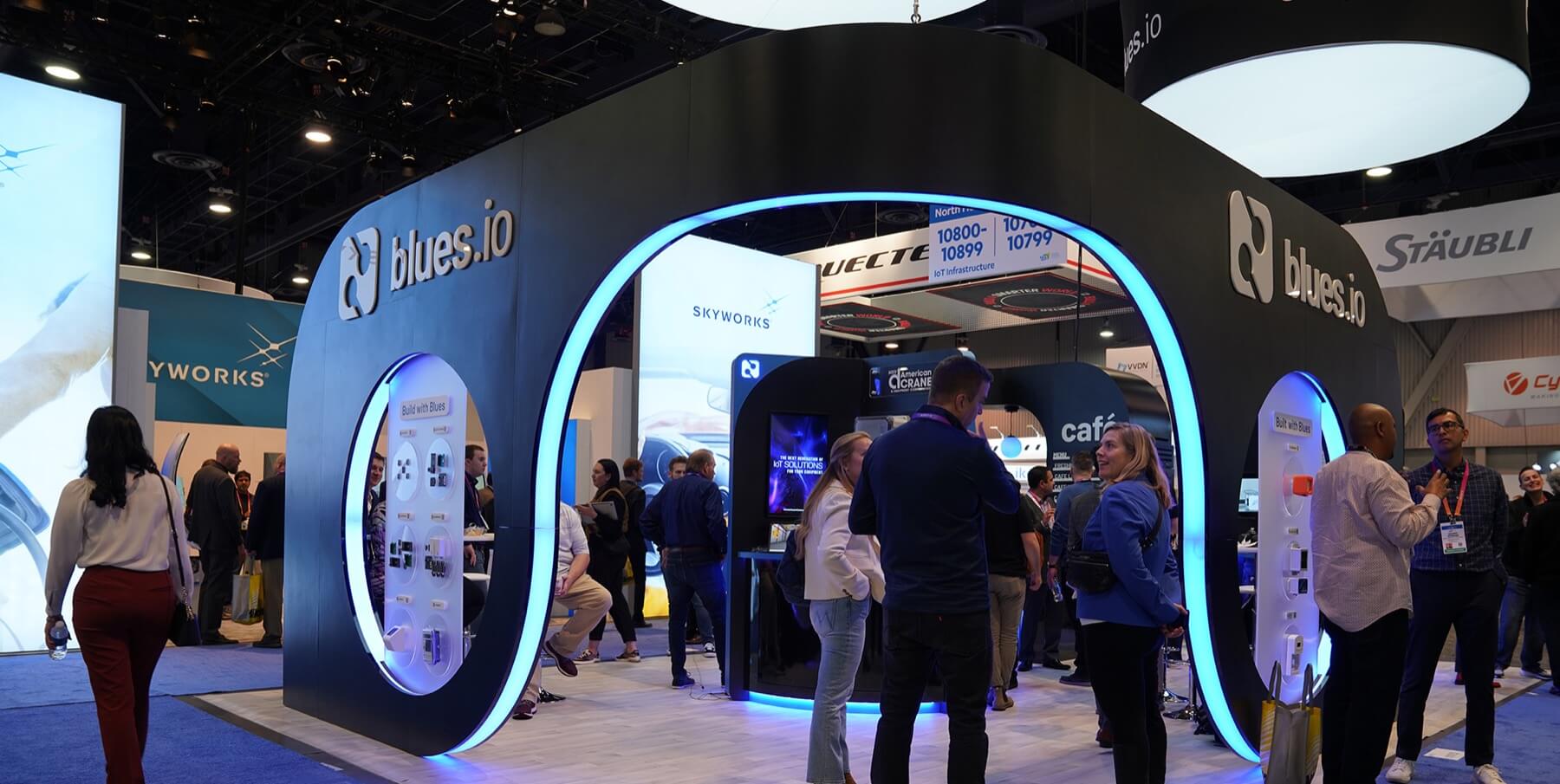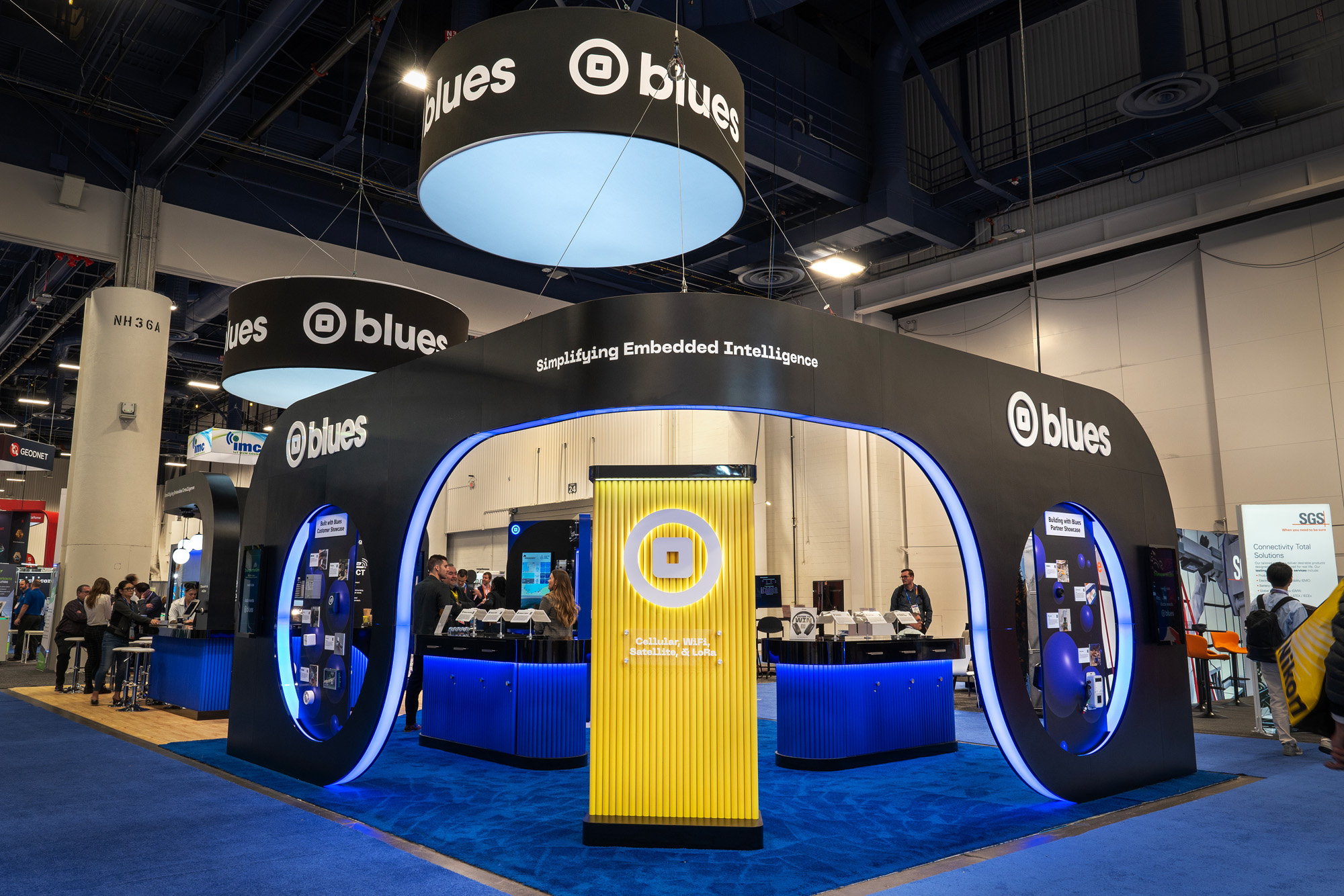Consumers are increasingly demanding that the brands they shop with demonstrate strong environmental stewardship. Retailers are responding by making sustainability a core part of their brand identity and in-store experiences. By partnering with experienced experts, businesses can showcase their eco-conscious practices and values to build deeper connections with environmentally minded shoppers. From sourcing sustainable materials to operating energy-efficient stores, retailers are embedding sustainability throughout their retail spaces to showcase their commitment to the planet.
Store-within-a-store concepts: Leveraging partnerships for growth.
The store-within-a-store model allows smaller brands and those growing in new markets to create dedicated spaces within another brand’s larger retail environment. For example, different appliance brands or construction materials manufacturers may have featured store-within-a-store set ups inside major home improvement chains.
This approach offers significant advantages, helping brands expand without the need for entirely new standalone stores. While the primary focus is on creating cost-effective, visually appealing spaces that align with brand identities, sustainability is often an added bonus of this model thanks to reduced construction and materials waste. Modular systems, reclaimed materials, and recyclable fixtures are now crafted to meet high design standards, ensuring these spaces are both flexible and aesthetically engaging. These adaptable designs allow brands to grow strategically while minimizing their environmental footprint as an added benefit.
Product displays: Sustainable design and materials.
Retailers are embracing sustainability in their product displays, using environmentally-friendly materials like fiber-based products and recycled metals for framing and accents. Modular shelving that can be easily disassembled and reused is also becoming popular, allowing brands to refresh displays while minimizing material waste.
Digital product displays are also on the rise, reducing the need for printed promotional materials that often end up as waste. These interactive touchpoints or augmented reality experiences not only add a high-tech element but also support sustainability.
Spaces that speak: Telling your brand’s sustainability story.
Telling the story of how you support sustainable initiatives, whether it’s how raw materials are sourced or how the store is operated, is also driving creative decisions around retail interior projects. In-store displays that highlight green practices and materials demonstrate a brand’s environmental commitment. This helps foster loyalty among customers who value mindful consumption.
More retailers are also recognizing the financial benefits of sustainability, such as reduced costs from frequent remodels and long-term savings. This balanced approach demonstrates that prioritizing sustainability doesn’t just benefit the planet—it enhances the customer experience and drives business success.
Trust the experts: Working with experienced design partners.
In today’s tight-margin retail environment, successful store designs require partners who understand both sustainability and ROI. Experienced design partners help retailers balance environmental responsibility with operational efficiency, ensuring sustainability is embedded from initial concept through implementation.
These partnerships focus on solutions that minimize environmental impact while maximizing visual appeal. For example, modular designs allow retailers to refresh spaces without complete rebuilds, while circular economy principles ensure fixtures and components can be reused or repurposed. From material sourcing to energy-efficient technology, the right design partner helps retailers create sustainable spaces that resonate with eco-conscious consumers while managing costs.
What’s next for sustainable retail design.
The demand for sustainable in-store experiences is growing, and retailers are rising to the challenge. By rethinking store design, embracing energy efficiency, introducing circular economy initiatives, and leveraging technology, retailers are refreshing their approach to in-store experiences and store interiors. These efforts aren’t just good for the planet—they’re also good for business.
Do you want to learn more about how sustainability is benefiting retailers and how you can get started?







